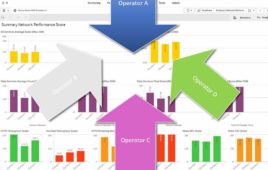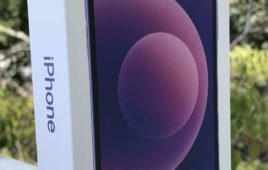Sprint, an official partner of Copa America Centenario, and Mobilitie, a privately-held wireless infrastructure provider, announced they are partnering to deliver LTE Plus service using LTE Advanced technology at Camping World Stadium in Orlando during the Copa America soccer tournament.
Sprint and Mobilitie’s network upgrades include enhancements to the outdoor macro network as well as new indoor small cell technology at the stadium that will provide improved capacity and higher data speeds to users. Sprint LTE Plus utilizes multi-band spectrum, carrier aggregation and LTE Advanced technologies to improve network coverage, capacity and speed.
The complete design will support the entire event and Sprint said the small cells alone can support thousands of simultaneous users.
AT&T and Samsung Electronics America, Inc. have teamed up to offer AT&T customers the water- and shatter-resistant Samsung Galaxy S7 Active.
Beginning on Friday, June 10, consumers can purchase the Galaxy S7 Active online or in AT&T stores in Sandy Gold, Titanium Gray and Camo Green. The device will be available on AT&T Next at $26.50 for 30 months or AT&T Next Every Year at $33.13 a month for 24 months with eligible service.
A new PageFair report estimated that as of March 2016, 419 million people, or 22 percent of the world’s 1.9 billion smartphone users, are blocking ads on the mobile web. It was previously reported that mobile ad blocking use was much lower.
As of March 2016 there were 14 million active users of ad blocking browsers on smartphones in Europe and North America, the report found.
The report revealed in-app ads on platforms such as Spotify, Apple News, and CNN are vulnerable to ad blocking. The report also noted it is possible to block “suggested” content in Facebook and Instagram and other ads in Facebook’s mobile app.
The report finds that mobile ad blocking grew by 90 percent globally in 2015. Ad blocking browsers account for the majority of mobile ad blocking. This type of ad blocking is most popular in emerging markets such as China, India, Indonesia and Pakistan.
IHS Technology’s recent Mobile Infrastructure Quarterly Market Tracker showed global macrocell mobile infrastructure market revenue dropped 18 percent sequentially and eight percent year over year in the first quarter of 2016 to just $10 billion. LTE infrastructure revenue also dropped off, dipping 23 percent from the previous quarter and six percent year over year.




